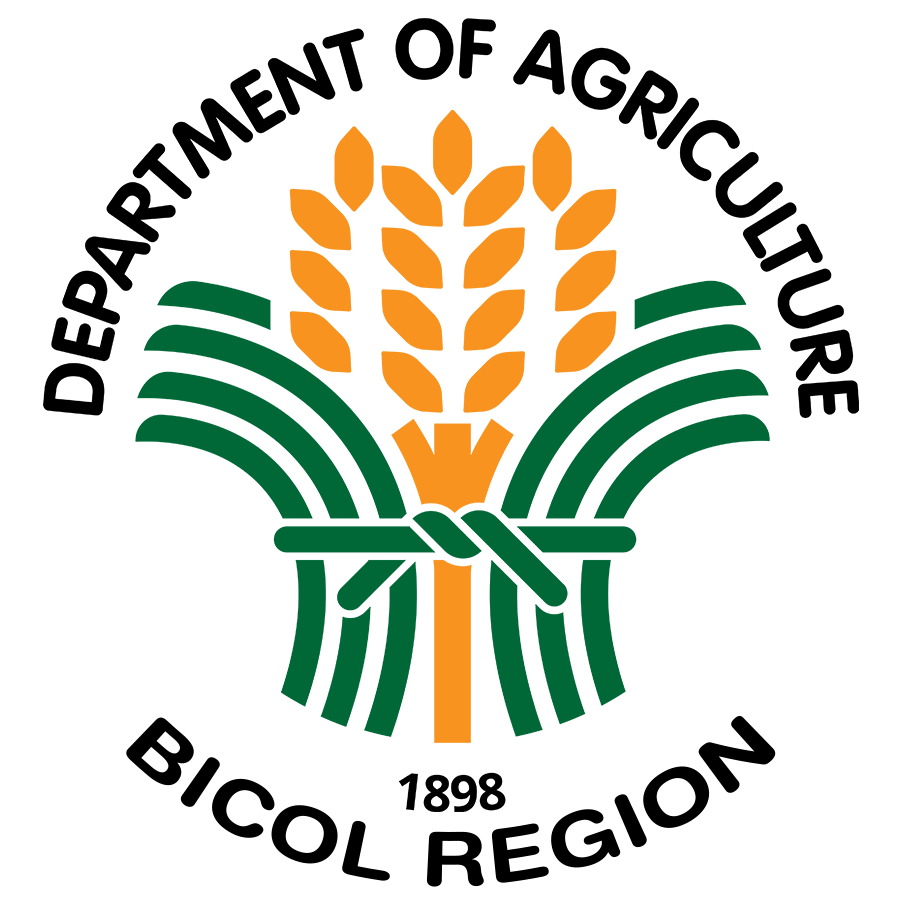 BARCELONA, SORSOGON – To become the biggest supplier of native chicken and native eggs in the province. This is what excites 26-year-old Joreslyn E. Armea to rise before dawn and feed her native chickens.
BARCELONA, SORSOGON – To become the biggest supplier of native chicken and native eggs in the province. This is what excites 26-year-old Joreslyn E. Armea to rise before dawn and feed her native chickens.
A member of the Rural Improvement Club (RIC) of Cagang, Armea along with 35 rural women in Barcelona, Sorsogon, engage in Native Chicken Production and Marketing, a microenterprise subproject funded by the Philippine Rural Development Project (PRDP). The project aims to produce live native chicken at least 850 grams to 1.5 kilograms each. PRDP dispersed a total of 35 modules consisting of 18 breeder stock, 15 female and three males, each, to be reared by members of the RIC.
Each module has three cycles per year. Around 383 heads of native chicken will be produced per module for a total of 13,405 heads per year. The live native chicken produced by the breeding stock for the first to third cycle will be marketed at P120 per kilogram. Native chickens are easy to rear, adapted to local conditions, prolific breeders, and command a good price in the market.
New breeding stock for expansion or reserve in case of mortality will be taken from the fourth cycle where each farmer-member is required to spare 10 chickens (nine females and one male). This gives the RIC a projected net income of P150,990.50 per cycle, which is equivalent to 11 percent return of investment per cycle for the association or a 15 percent increase in farmers’ income per cycle.
The RIC of Cagang used to engage in handicraft making projects however, Typhoon Nona, which hit Sorsogon on December 14, 2015, devastated their main source of raw materials. Thus, the group decided to pursue the native chicken project while waiting for the bariw and karagumoy to recover.
“Napakahirap dati simula nung bumagyo kasi yung iba nasira yung bahay pero nung ibinigay sa amin itong project, nakatulong ng malaki kasi hindi na namin binibili yung pakain sa mga manok. Binigyan din kami ng feeds, net, mga bitamina para sa mga manok, tray at timbangan (We had a very difficult time after the typhoon because it damaged our houses. This Project is a big help because we don’t have to buy the chicken’s feeds (cracked corn). They also provided us with (chick booster) feeds, net, vitamins for the chicken, tray and digital weighing scale),” Joreslyn said.
Everyday, Joreslyn, her father Jose Espera and husband Marco, take turns in feeding the native chickens at 5 am., 12 noon and 4 p.m., respectively.
“Sisikapin namin na mapaunlad ito… Sobrang nai-inspire kami kasi nakakatulong na kami sa mga asawa namin sa simpleng pag-aalaga ng native chicken (We will work hard to grow this business… We are so inspired because we can now help our husbands by simply engaging in native chicken production),” she added.
Other interventions from PRDP include 175 pieces of transport cages or crates, 350 pieces of egg trays, 35 units of digital weighing scale and two units of artificial incubator.
The RIC Cagang serves as the owner and manager of the Native Chicken Production and Marketing enterprise. The business manager handles the microenterprise subproject’s production side while its public information officers are responsible of its marketing aspect.
Arlene Haz, Chairperson of RIC Cagang, is equally grateful for the microenterprise subproject from PRDP.
“Yung mga asawa namin dati hindi sila gumigising ng maaga, ngayon tumutulong na rin sila sa paggising ng maaga para asikasuhin ang mga manok (Our husbands used to wake up late, now they rise up early to help us in tending our native chicken),” she said.
She added that the PRDP empowered the RIC to seek more income-generating opportunities for rural women in Brgy. Cagang. Joreslyn mentioned that before, she barely earns P200 to P250 daily in handicraft making. Now, she gains an additional income worth P500 through native chicken production.
“Una, tinuruan kami ng paggawa ng proposal–yung proseso, kung paano humawak ng organization, kung paano palaguin ang negosyo at kung paano matutong mamuhay na kami ang gumagawa—kaming mga kababaihan (First, we’ve learned how to make a proposal–the process, how to manage an organization, how to grow our business and how to make a living on our own),” she remarked.
The P1.32 million-worth Cagang RIC Native Chicken Production and Marketing is one of the 10 microenterprise subprojects approved by PRDP for calamity-stricken areas in Sorsogon under its enterprise development (I-REAP) component.
PRDP is a six-year development project being implemented by the Department of Agriculture. The World Bank-assisted project is designed to establish a modern, inclusive, value chain-oriented and climate-resilient agri-fishery sector in the countryside. (Annielyn L. Baleza, DA-RAFIS V)
